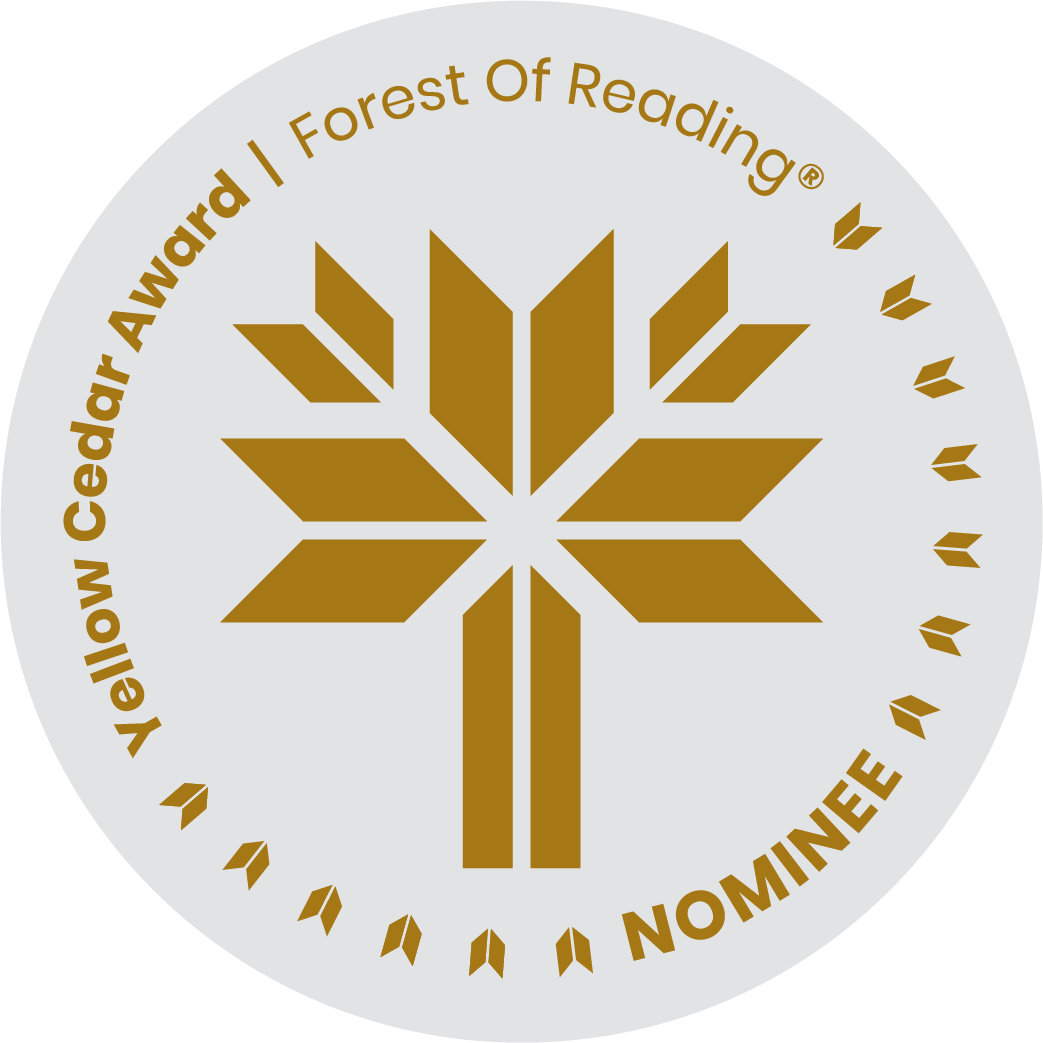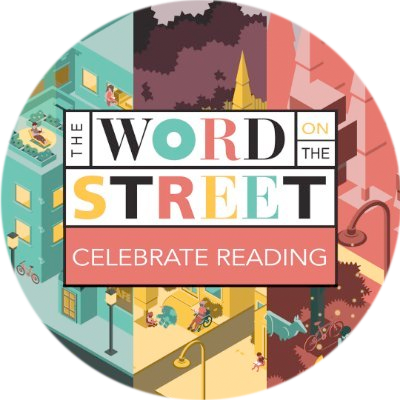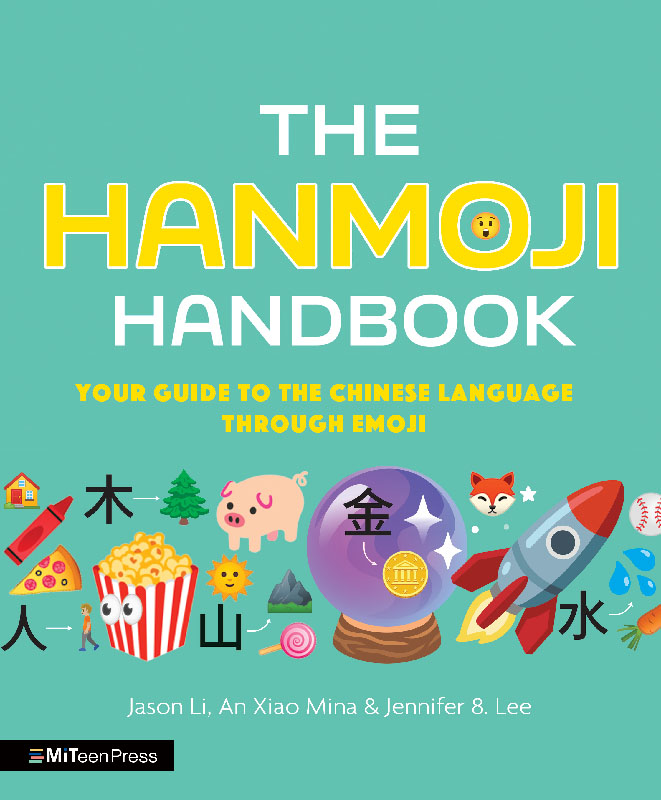Latest updates

The Scripps National Spelling Bee included The Hanmoji Handbook in their 2024 Great Words, Great Works books list.

The Howard County Public School System put us on their Middle School Summer Reading List 2023.

SHOP Cooper Hewitt selected our book to accompany their Give Me a Sign 2023-2024 exhibition.

The Queens Public Library included us on their AAPI month booklist.

The Texas Library Association put us on the 2023 Texas Topaz Reading List.

Kirkus named our book as one of the Best Middle-Grade Nonfiction of 2022.

The Burnaby Public Library listed us as one of the Best of 2022 for older kids.

We are nominated for the Forest of Reading's 2023 Yellow Cedar Award.

We were a Parnassus Books staff pick for October 2022.
We gave a talk on the future of emoji/hanmoji at ICON 11 on July 2.

We hosted a kids' workshop at Word On The Street Toronto on June 12, 2022.

We were named a FOLD Kids Book-of-the-Month for June!

Our book was awarded a Kirkus Star on April 13, 2022.
